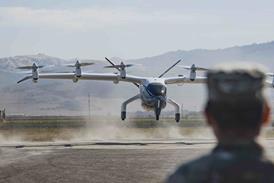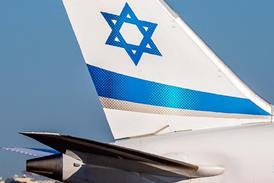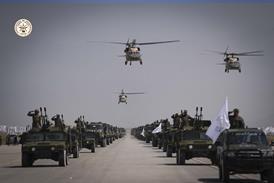The increasingly troubled Sino/Korean Air Express AE-100 airliner programme proves that, not only have many in the established Western aerospace industries not learned the lessons of the last 50 years, but that neither have those in the emerging industries.
The one thing which has blighted the European aerospace industry in recent history has been a reliance on international projects arranged on the basis of international co-operation - one of the hardest things to achieve in any industry, and especially in aerospace.
The reason is that, in a co-operation, nobody is permitted to be the undisputed project leader, and there is, therefore, no one body or organisation which is able to take ultimate responsibility for decision-making.
European defence projects such as the Eurofighter have suffered from this. European civilian projects such as the Concorde have suffered from it. They have been over time and over budget because everybody involved in the project wants a say in what goes on, and wants to have a share of every part of the project, according not to the skills, expertise or resources which that party can bring to the project, but according to some arbitrary share of work agreed on a political rather than industrial basis.
Wise heads in Europe recognise that this has blighted their industry: it is surprising that the heads of industry in the Far East, normally noted for their wisdom, have not spotted it. Yet, it seems, they have not.
Originally, there was to be a Sino-Korean project, with a possible third Asian partner and a strong Western partner providing the necessary technology through a risk-taking share. If there was a difference between the original partners, it was that they have had different perceptions on how and where the Air Express should be built. The Chinese part of the project has always assumed that, as it represented the largest single share, it would have the principal assembly site, if not the only one. The Korean part of the venture, however, seems to have laboured under the delusion that it could have at least part of the assembly process.
This may lead eventually to a division of the project, which would be a pity. Apart from anything else, the world does not need a proliferation of programmes in any airliner size-range, and it certainly does not need a proliferation in the 100-seat market. In Asia alone, however, there are now at least four projects in this range, and no proof that there is anything but a transient market for them.
It has been repeated so many times that it must now be accepted as demonstrably untrue that the Chinese market will absorb many hundreds of 100-seaters in the next couple of decades. All developing airliner-markets need small aircraft to begin with, but, if it is one with true potential, then that market rapidly needs much larger aircraft.
If there are routes in China today for which 100-seat aircraft are needed, they will certainly need much larger aircraft very quickly. There may be a short-term need for large numbers of 100-seaters, but that requirement may not last.
In short, there might be enough demand for one 100-seat project in the region, but not enough to make any viable sense for projects from Korea, China, Japan and Indonesia, especially when there is still an established 100-seat project (from Fokker of the Netherlands) going begging for a partner or a buyer, and there is a launched 100-seat-project (from McDonnell Douglas) which has already set ambitiously tight price goals for any newcomer to match.
That does not mean that none of them should go ahead - but it certainly does mean that all those who are backing 100-seat projects should stop and think before going much further. Having done so, they could do worse than doing what they should have done in the first place: to permit one company in one country to launch a project with industrial backing from the others as risk-sharing suppliers.
Source: Flight International




















